Howdy, Stranger!
It looks like you're new here. If you want to get involved, click one of these buttons!
Quick Links
A History of the 1936 Proof Set
Collector’s Note: The 1936 Proof set has been at the fringes of my collecting radar since the mid-1960s. I became interested in Proof sets in 1964 when the mint system introduced the Kennedy Half Dollar. I dabbled with some of the sets dated in the 1960s, but when I saw the prices for the “really old” sets in the early 1950s and before that, in the ‘30s and ‘40s, I knew there was no way that my teenager’s budget could handle them. The 1936 set listed for $1,200 in 1966 edition of The Red Book, which may have well have been a million dollars from my perspective.
As an adult collector my interests were in other areas. I collected type coins and gold pieces. Still the 1936 Proof set stood out there as an interesting product of The Great Depression when most people didn’t have much money.
Recently Roger W. Burdette, who is one of the leading numismatic researchers of our time, published a book, United States Proof Coin 1936 – 1942, Eightieth Anniversary Edition. It contains a wealth of information about these interesting Proof coins which have been out of mainstream of coin collecting for a number of years.
The term “Proof” refers to the method of manufacture for a coin, not a state of preservation. The term originated with the concept of testing a new set of dies to see if they were producing good impressions of a given design. Collector interest grew for these coins, and they became a collecting specialty for some hobbyists.
The first U.S. coins that experts officially designate as Proofs were struck in 1817. Although the Philadelphia Mint made efforts to strike special coins before that date, all of those pieces are now classified as “Specimens.” “Specimen” coins are not quite good enough to be Proofs, but their surfaces and sharpness indicate that a special effort was made to make them better than the regular issue coins. After 1817 the Philadelphia Mint continued to make Proof coins on a sporadic basis. The few collectors there were in the early days occasionally assembled complete Proof sets, but the mint did not issue those coins on an organized basis until 1858.
An 1858 Proof dime in NGC PR-64.
By that time the collector community had grown, thanks to the end of the end of the large cent series. The Proof coin sets were officially offered into three segments, although single coins were sometimes issued. The minor coins consisted of the cent plus the Two Cent Piece, the Nickel Three Cent Piece and the Nickel Five Cent Pieces, depending upon which pieces were minted in a given year. The silver sets included the Silver Three Cent Piece, the half dime (when they were issued) plus the dime through the silver dollar. The gold sets included all of the gold pieces (when issued) from the gold dollar to the twenty dollar gold piece. Many collectors ordered the minor coin and silver sets, but the sales of the gold Proofs were very limited, sometimes as few as 20 sets a year.
This first run of Proof sets ran until 1916. Ironically the coins that marked the “Renaissance of American Coinage” would also bring a suspension in the production of Proof coins. When the Lincoln Cent was introduced in 1909, the mint announced that concave surfaces between the fields of the design and the rim made it impossible for mint personnel to polish the dies to the brilliant Proof surfaces of the past.
The new coins had the duller Matte Proof surfaces. The same change occurred when the Buffalo Nickel was introduced in 1913. Another factor, which may have had more influence over the discontinuance of the brilliant Proofs may have been artistic. None of the outside artists, who provided the designs for the “Renaissance” coins, liked brilliant surface format. They viewed it as “garish” and as a distraction their artwork. They much preferred the duller Matte or sandblasted format.
Collectors still have a hard time distinguishing between Proof and business strike 1913 Buffalo Nickels. This 1913 Type I Buffalo Nickel is an example of that confusion. It is an NGC graded Matter Proof 65.
A New Administration and a New Beginning
Franklin D. Roosevelt was an avid stamp collector. He also had a modest collection of coins. His first secretary of the treasury, William Wooden, was a well-known numismatist who had co-authored the first major reference on U.S. pattern coins in 1913. Before those gentlemen could make any changes to the U.S. Mint Proof coin policies, they had to address another issue that would change American numismatics forever.
The Gold Surrender Orders of 1933 and ’34 called upon all citizens to turn in their U.S. gold coins except those which were rare or had historical significance. Citizens were permitted to retain $100 in gold, but those last two details went over the heads of most people. Most people turned in their gold coins as they were ordered to do.
Government officials noted that some rare coins that had numismatic value were mixed in with the pieces that had been collected. In 1936, Lewis Howe, who was the personal secretary to Franklin Roosevelt, proposed selling those coins to collectors to raise some revenue for the treasury. Treasury officials pointed out that the agency had no authority to sell those coins for more than their face value. Furthermore, they stated that it would be a public relations disaster if they sold those coins at premium prices soon after they had forced citizens to turn in their gold coins at face value. In the end, all of those coins were melted and tuned into gold bars.
After the rejection of his first plan, Howe proposed a resumption of the Proof coinage. Howe was not a coin collector, but he understood the collector mentality. Howe was terminally ill with heart and lung problems at the time he made his proposal. He lived long enough to see a Proof quarter that was struck for his approval, but he passed on before any other Proof coins were could be shown to him.
The 1936 Washington Quarter was the only Proof coin that Louis Howe would see from his proposal for resumption of Proof coin sales before he died.
Following Howe’s death, some administration officials opposed any further steps toward resuming the production of Proof coins for collectors. Treasury secretary, Henry Morgenthau, overruled them and saw to it that the mint completed the project. The mint released the first complete Proof set in late April, and the coins went on sale in May. The 1936 Proof set was notable because it marked the introduction of the Mercury Dime, Washington Quarter and the Walking Liberty Half Dollar in the Proof format.
Mint officials made it clear that no Proof silver dollars would be struck unless there was an issue of business strike dollars to coincide with the special collector coins. Unfortunately the mint system issued the last Peace Dollars in 1935. It would have been interesting to have seen the Peace Dollar in the Proof format.
Collectors did not have to purchase complete sets. They could buy individual coins which were priced as follows:
Cent $0.16
Nickel .20
Dime .20
Quarter .50
Half Dollar .75
-----------
Total Set $1.81
Proof coins were struck on select quality planchets, with specially prepared dies, on a press that was used to strike medals. The dies were inspected frequently and were either refurbished or discarded far more often than they were for ordinary business strikes. The coins were carefully inspected and damaged or lower quality coins were rejected and melted.
Collectors could buy the coins at the U.S. Mints, or they could have their coins delivered through the mail for an eight cent postage fee. Anecdotal accounts have indicated that Proof coins purchased at the mint were wrapped in tissue paper. Coins that were sent through the mail were placed in cellophane envelopes that were wrapped in tissue paper. If the purchaser bought more than one coin, the cellophane envelopes were stapled together at one corner at the top. Shipping boxes varied with the size of the order. They were not the limited to the small gray boxes that were used to house Proof sets from 1950 to 1955.
Collector Dissatisfaction with the Coins
The first Proof cents and nickels that the mint produced in 1936 had satin surfaces that were similar to the finish on the Matte Proof coins that were issued two decades earlier. Many collectors were unhappy with these pieces, which to some, looked no better than business strike coins that anyone could draw from circulation or obtain from a bank. In response Philadelphia Mint personal developed methods to polish the dies and improve the quality of the planchets (coin blanks) to produce brilliant Proof coins. This created two varieties for the cent and nickel, the satin and brilliant finishes. Numismatists have not recognized such distinctions for the silver coins, perhaps because of the naturally reflective properties of silver which makes all of those coins brighter.
The Brilliant Proof cents and nickels have strongly mirrored surfaces. Researcher, Roger Burdette, has noted that the Brilliant Proof cents and nickels have slightly less design detail than their satin surface counterparts. This loss in detail is due to the die polishing which removed a small portion of the die surface.
Collectors did not care for the Satin Finish cents and nickels which were the first 1936 dated Proof coins. I think that the Satin finish nickel (shown at the top) is more attractive and the brilliant variety, but I am in the minority.
Limited Mintages in 1936
Although the collector response was greater than it had been in the 19th and early 20th centuries, it was somewhat disappointing. Here are the total 1036 Proof mintages:
Cent 5,569
Nickel 4,420
Dime 4,130
Quarter 3,837
Half Dollar 3,901
The total number of possible 1936 Proof sets is listed as 3,837. That number does not reflect the number of sets that were issued, but is based upon the number of quarters that were issued. The total number of sets is limited by the quarter which had the lowest mintage.
These mintages were a reflection of the times. The Great Depression was continuing in 1936 although the worst years had passed. Still while collectors felt that they could afford to buy a cent or a nickel, the half dollar seemed like a larger investment to set idly aside.
The low mintage for the Washington Quarter reflected collector apathy toward the design. A fair number of collectors viewed the Washington Quarter design as dull and uninteresting. If a collector decided not to buy a complete 1936 Proof set, the quarter with its comparatively high face value and cost and less interesting design, was the most likely coin he would choose to skip.
Proof coin mintages increased steadily in subsequent years. As a result, the 1936 Proof set soon became the “key year” in the modern Proof set series.
One of the great concerns for past generations of collectors was that ALL of the coins in the high priced 1936 Proof set they purchased were, in fact, Proofs. Less than honest individuals created fake Proof coins by polishing business strike pieces or plated ordinary coins with chromium or even mercury to simulate the mirrored Proof surface. Fake Proof cents have been created by coating business strike coins with copper. Walter Breen noted these problems in his pioneering work Walter Breen’s Encyclopedia of United States and Colonial Proof Coins 1722 – 1977.
Today legitimate third party grading services have essentially eliminated these abuses, but collectors should still exercise caution whenever they consider the purchase of any uncertified (raw) Proof coin. Similar caution should be excised when considering the purchase of a Proof piece when certified by one of the lowest level grading services that may lack ethics or expertise. It is better to be safe than be sorry.
1936 Proof Dime


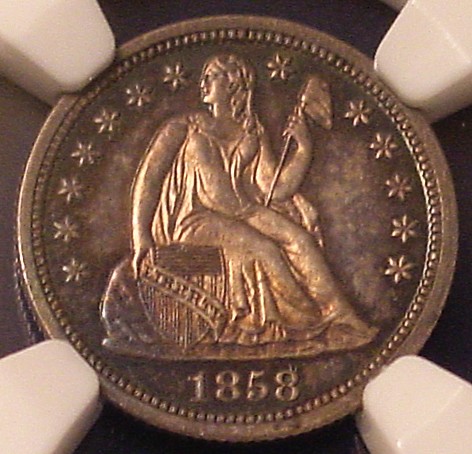
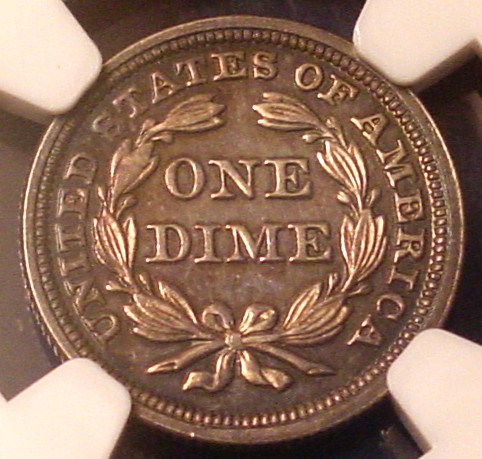
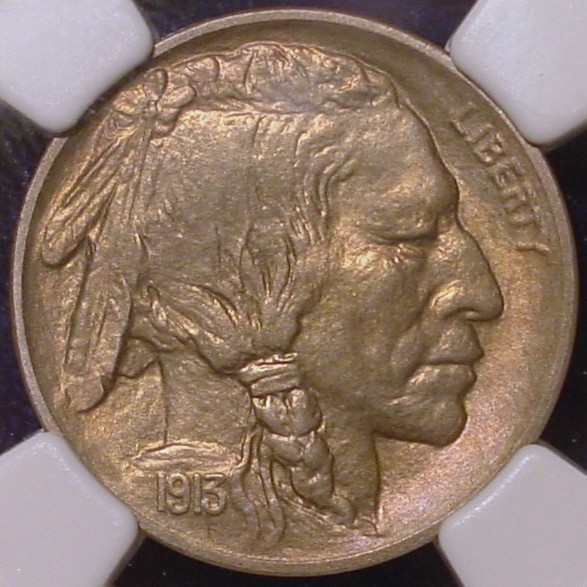
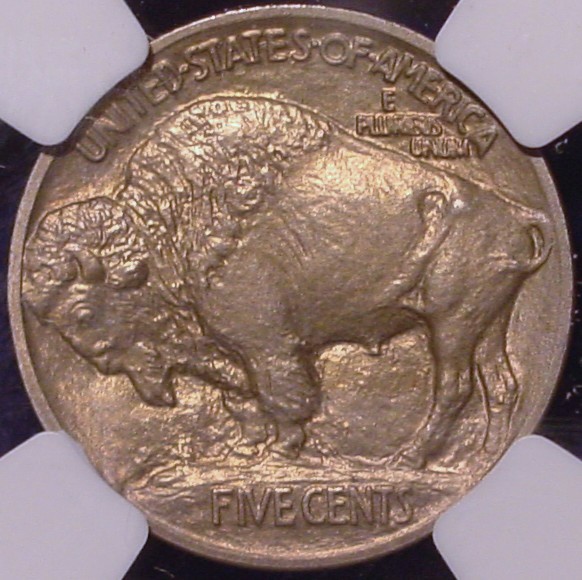
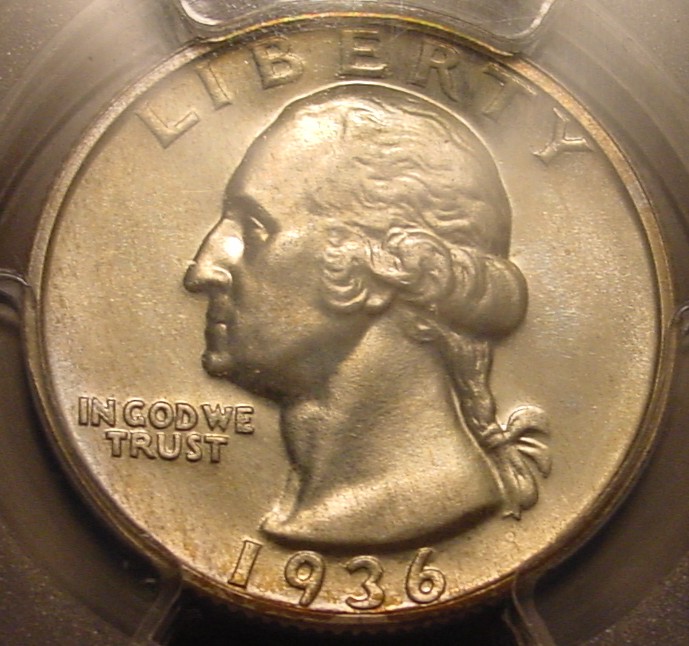
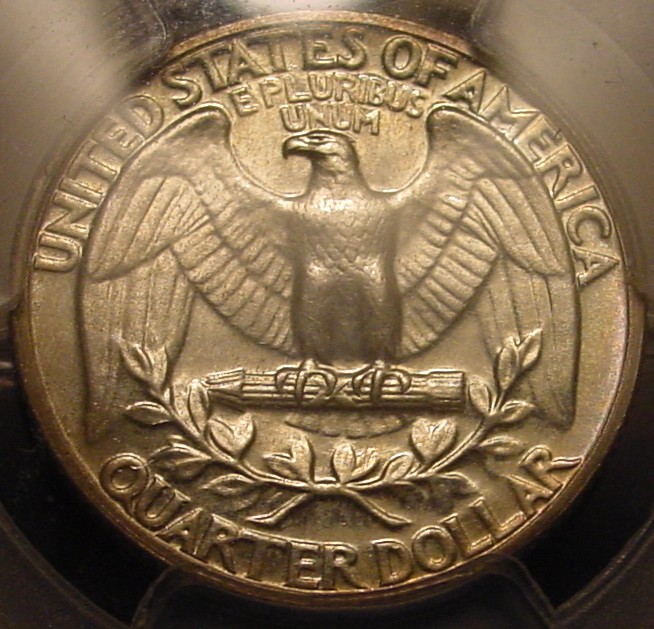
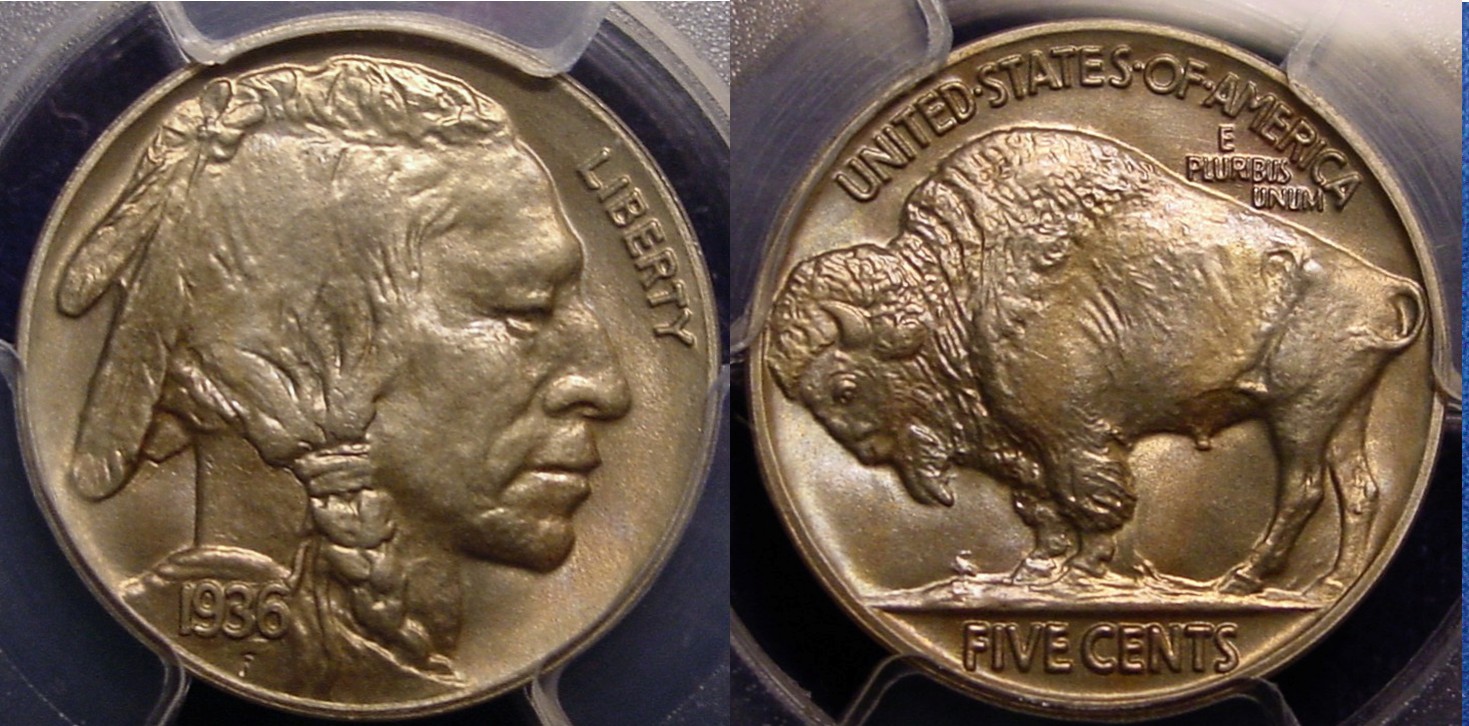
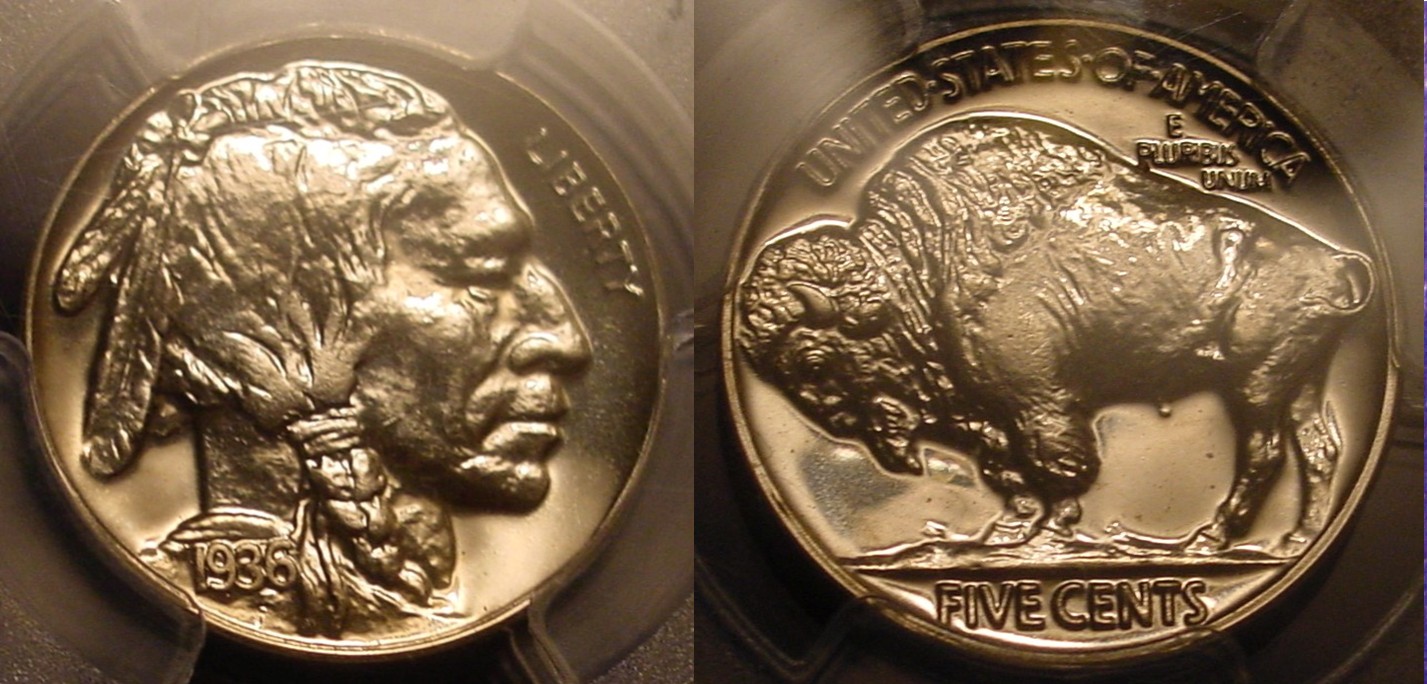
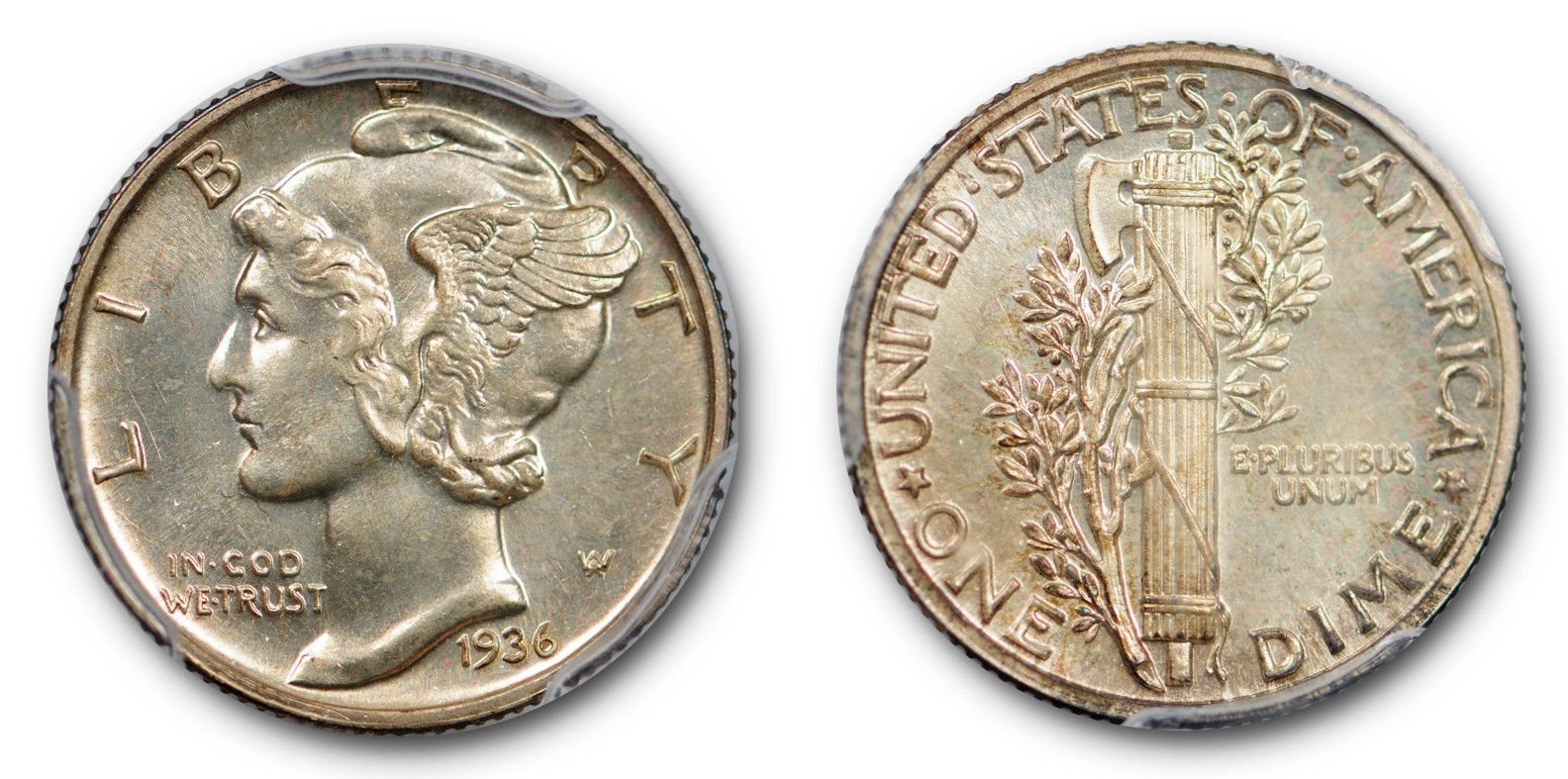
Comments
Having run over my space limit, I'll finish the article here.
1936 Proof Half Dollar
1936 Satin Finish Proof Cent
1936 Brilliant Proof Cent
Sorry for the confusion. I am still learning how to make longs posts. I am not a Proof cent fan so my coins are on the pedestrian side.
@BillJones - FANTASTIC research and presentation! This will make for a great reference that should be bookmarked! THANK YOU!
Like you, I also have a passion for the 1936 Proof Set. Here’s a hotlink to my set:
https://www.pcgs.com/setregistry/u-s-coins/proof-sets/1936-satin-brilliant-proof-set/publishedset/123075
Steve
@BillJones thank you for posting it, I found it very interesting. Also, I was not aware of Mr. Burdette’s book. I’m going to have to see about getting myself a copy.
I personally think the brilliant proof Buffalo nickel might be the most attractive proof coin the US mint has ever produced.
Well done. More of this approach to info sharing is welcome.
The coins could be bought individually:
1/2 Dollar price 75 cents.
1/4 Dollar price 50 cents.
Dime price 20 cents.
Nickel price 20 cents.
1 cent price 16 cents.
I have long wondered why the 1 cent price was 16 cents, because as a percentage cost above face value, it is very lopsided compared to other denominations. I can understand the Nickel price being the same as the dime price, and assume it was a cost due to size as opposed to the Dime.
The point is, Mr. Jones is correct for the cost of individual pieces...when added up it is $1.81.
Note that the $1.89 price was inclusive of shipping to the buyer.
I know stuff. Sometimes.
thank you so much!
Matte Proof
Mint State
Oddly enough I can't find a picture of the reverse.
The same seems to go for the CAM coins. They don't get the appreciation they deserve. What is does mean is that the coins are cheaper for those that desire them!